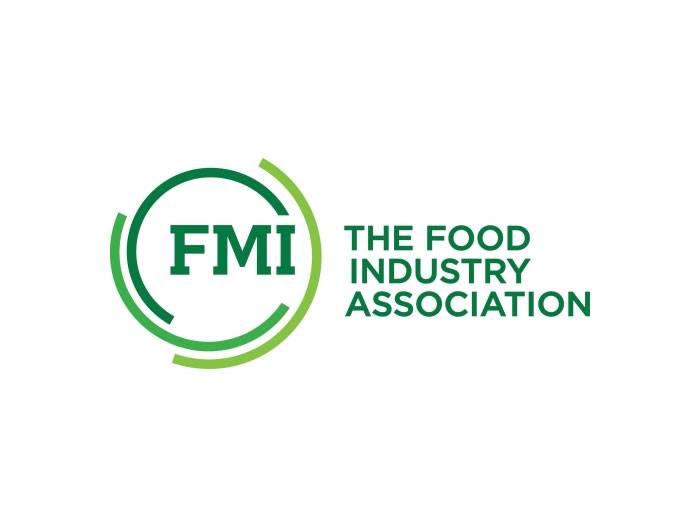
ARLINGTON, VA – FMI – The Food Industry Association releases its fourth installment of FMI U.S. Grocery Shopper Trends 2022, “Future Outlook,” which focuses on the ways various forces continue to shape how we eat, what we eat, and how we obtain food.
FMI President and CEO Leslie G. Sarasin observed, “Our relationship with food continues to be complicated due to a host of factors, including a strained economy, a continued pandemic, ongoing supply chain issues, adoptions of new technology, and how we hold ourselves accountable for our food choices and our overall approach to eating.”
The analysis points to opportunities for grocers as they continue to serve as solution providers, especially during a period in which Americans feel constrained by both time and resources. Sarasin said, “We’re still cooking at home more than ever before, but our enthusiasm for doing so has waned to pre-pandemic levels, suggesting consumers are looking for fresh prepared and ready-to-prep meal inspirations and solutions to address their inconsistent schedules and tightening budgets.”
How We Eat
Most consumers say they plan their meals in advance, and meal preparation is getting faster. Three-quarters (74%) say it takes less than one hour to prepare their meals, and 30% say they spend less than 30 minutes, a faster rate than in recent years. Forty-eight percent of consumers also tell FMI they are following a specific approach to eating, incorporating certain principles that reflect kindness to oneself, an awareness of holistic wellness, and careful attention to how food makes them feel.
What We Eat
Shoppers say their healthy eating habits remain strong, despite fewer of them putting in the extra effort to do so, as 28% of Americans tell FMI they put a lot of effort into selecting nutritious and healthy options, while 48% put in some effort (vs. 36% and 46%, respectively in 2021).
Shopper trends also notably suggest they will be more selective about where they invest their food dollars, as inflation continues to shape the way consumers interact with food. The number of shoppers citing an increase in grocery spending climbed nine points from 37% in 2021 to 46% 2022. While last year’s figure should be attributed to the shift toward food at home, this year’s increase includes food inflation. However, it’s important to note that this survey was fielded before inflation’s more aggressive ascent.
How We Obtain Food
While the pandemic-driven surge in online usage has persisted, more shoppers have learned how best to use a hybrid landscape to meet their needs. Shoppers say they plan their meals in advance more and shop online more, with little sign of a return to a pre-pandemic orientation. “Future Outlook” implies that in the longer term, food retailers will need to adjust to shopper expectations that put the consumer in control as it relates to the online experience, while in-person store visits will need to enhance convenience.
Follow the entire FMI U.S. Grocery Shopper Trends journey by visiting www.fmi.org/grocerytrends.
As the food industry association, FMI works with and on behalf of the entire industry to advance a safer, healthier and more efficient consumer food supply chain. FMI brings together a wide range of members across the value chain — from retailers that sell to consumers, to producers that supply food and other products, as well as the wide variety of companies providing critical services — to amplify the collective work of the industry. www.FMI.org


